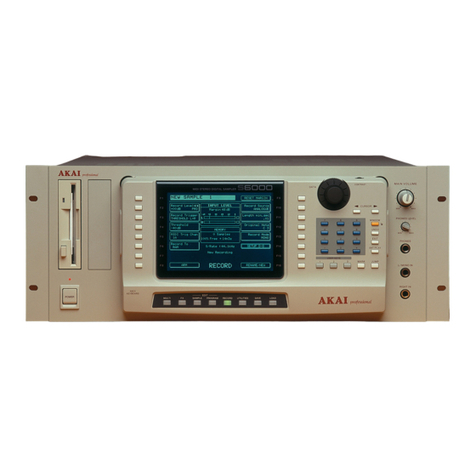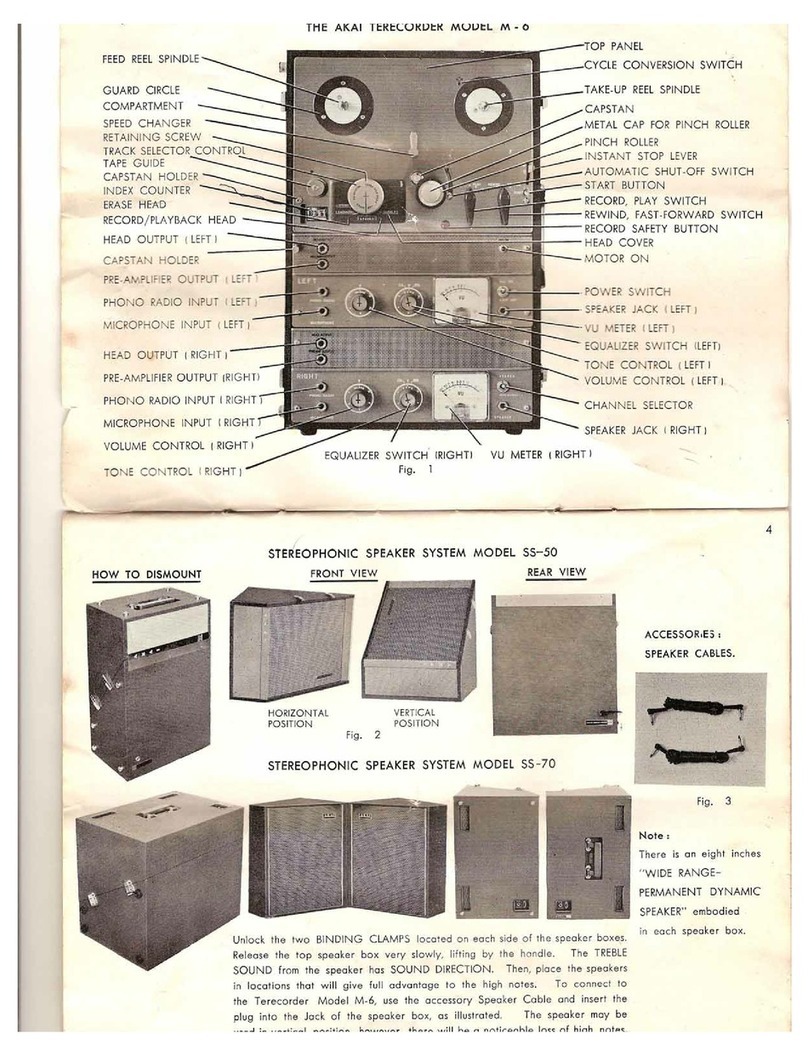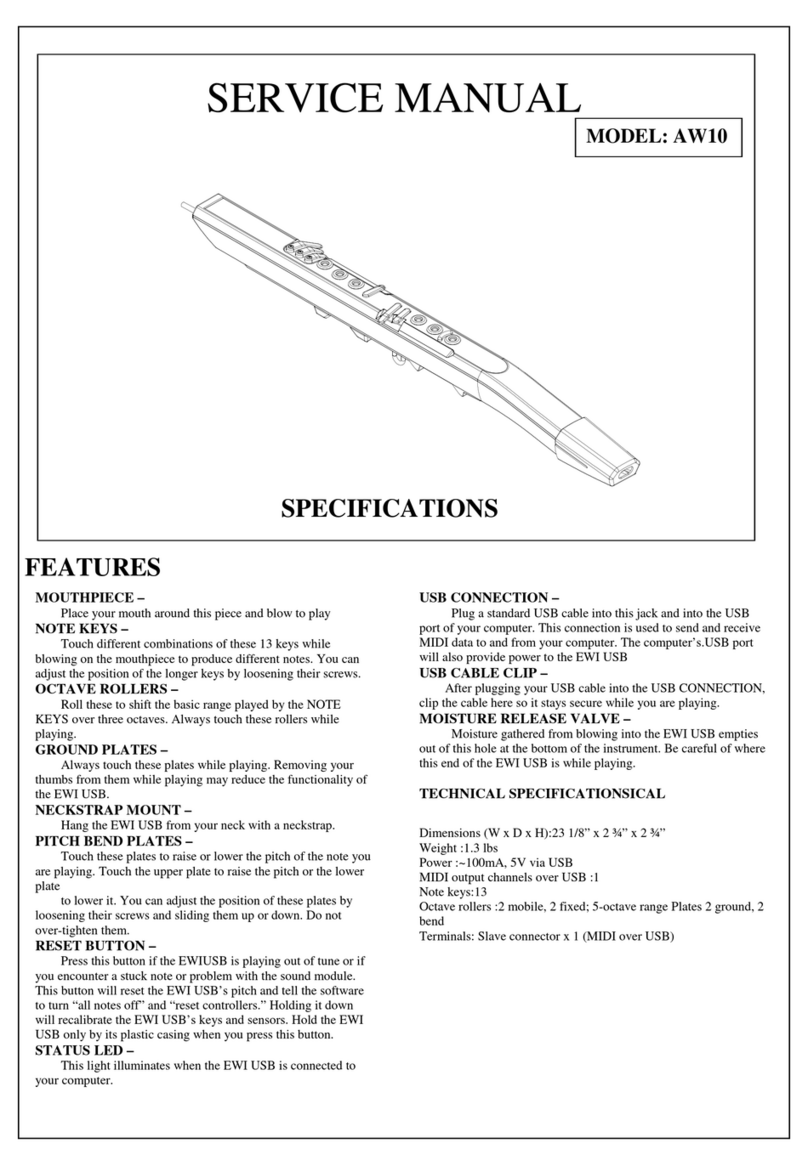Akai S612 User manual
Other Akai Recording Equipment manuals

Akai
Akai G-Drive D2G User manual

Akai
Akai DR4vr User manual
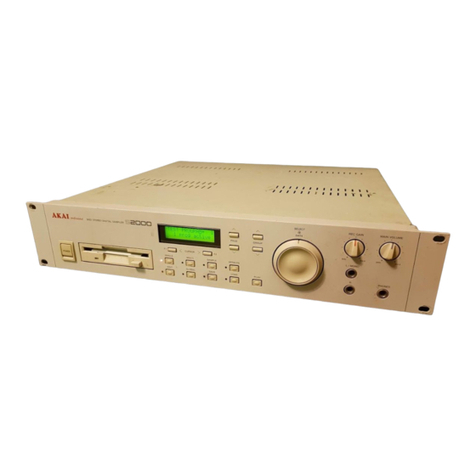
Akai
Akai s2000 User manual
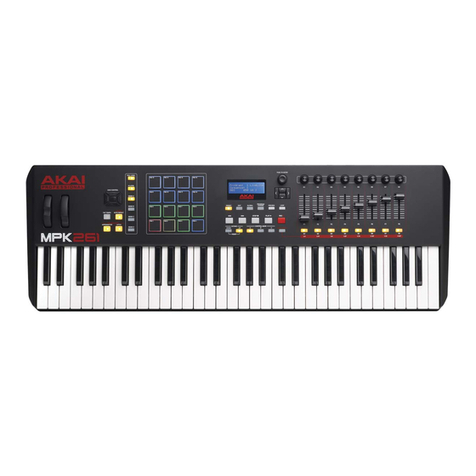
Akai
Akai Professional MPK261 User manual
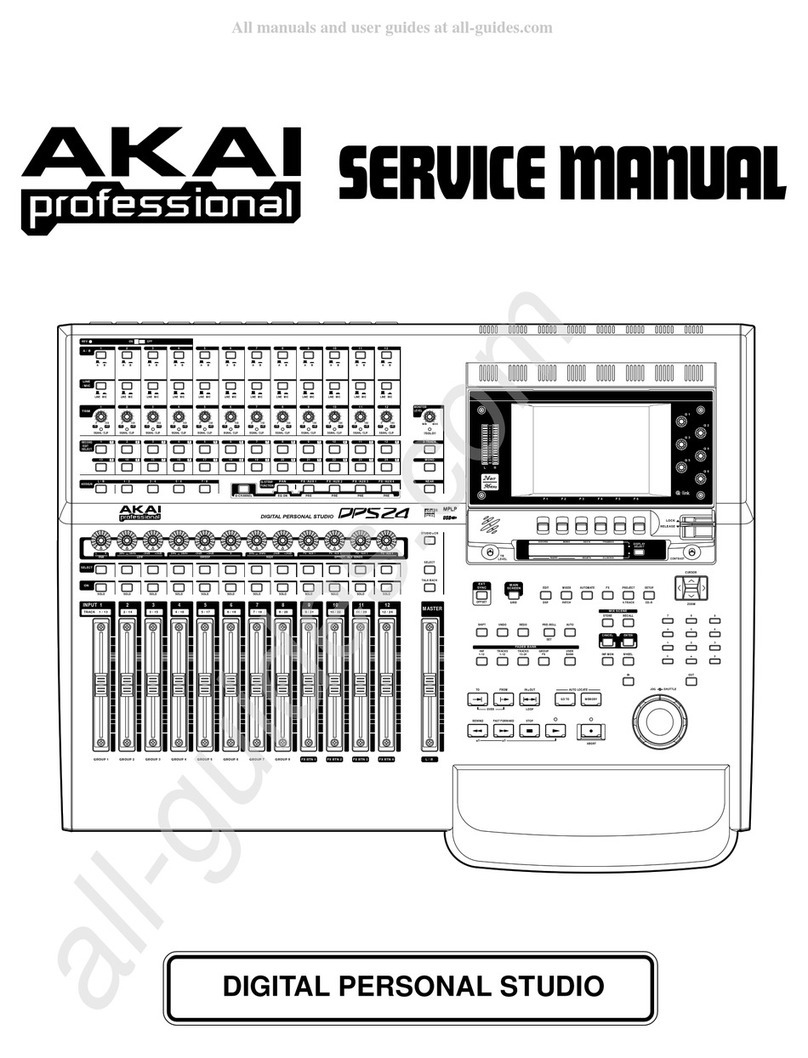
Akai
Akai DPS24 User manual
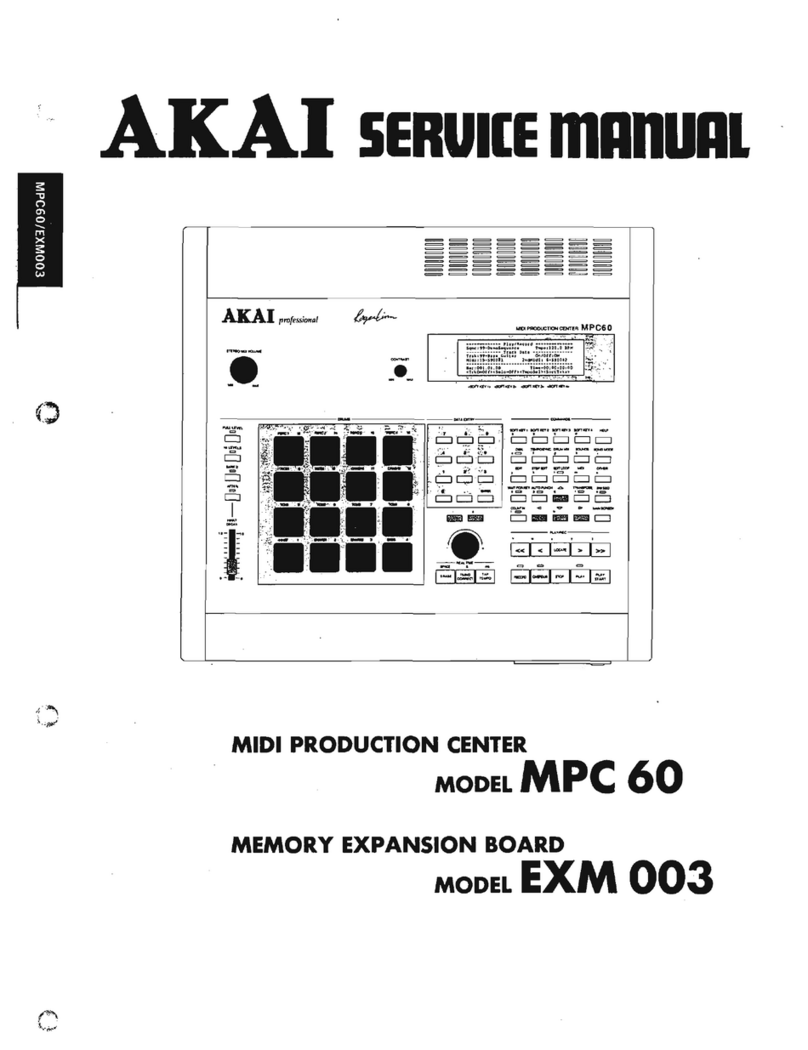
Akai
Akai MPC 60 User manual
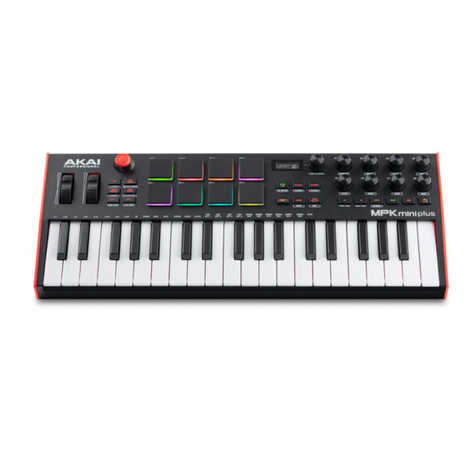
Akai
Akai MPK mini plus User manual

Akai
Akai EWV2000 User manual
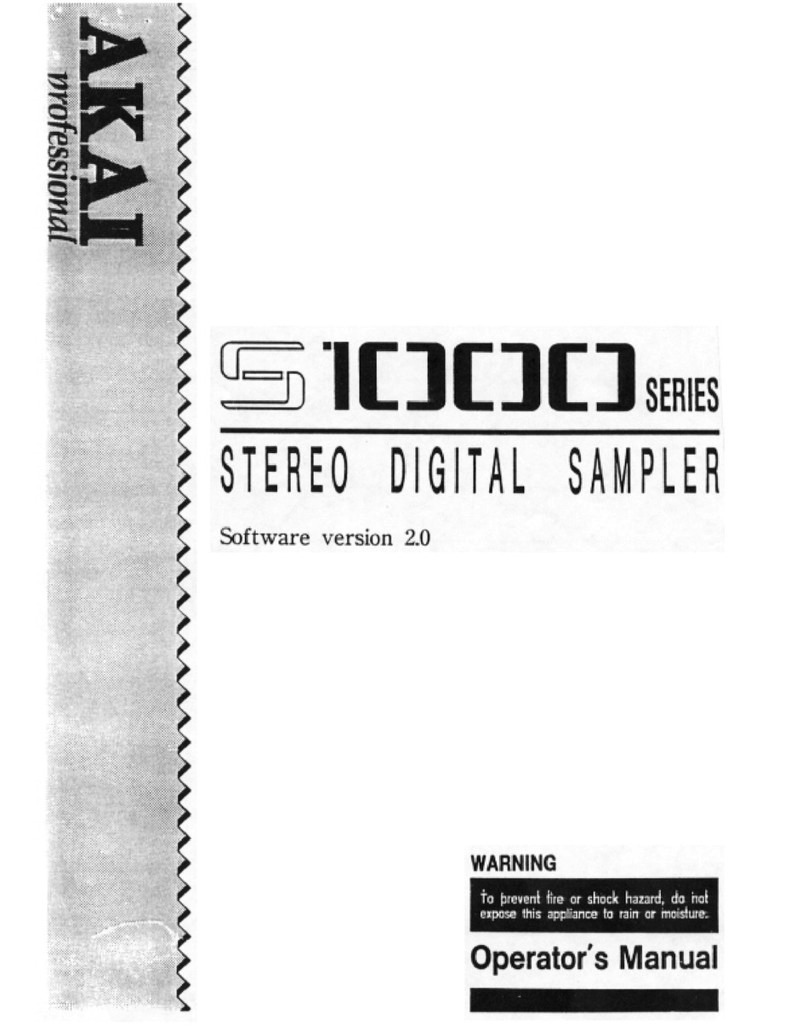
Akai
Akai S1000 Series User manual
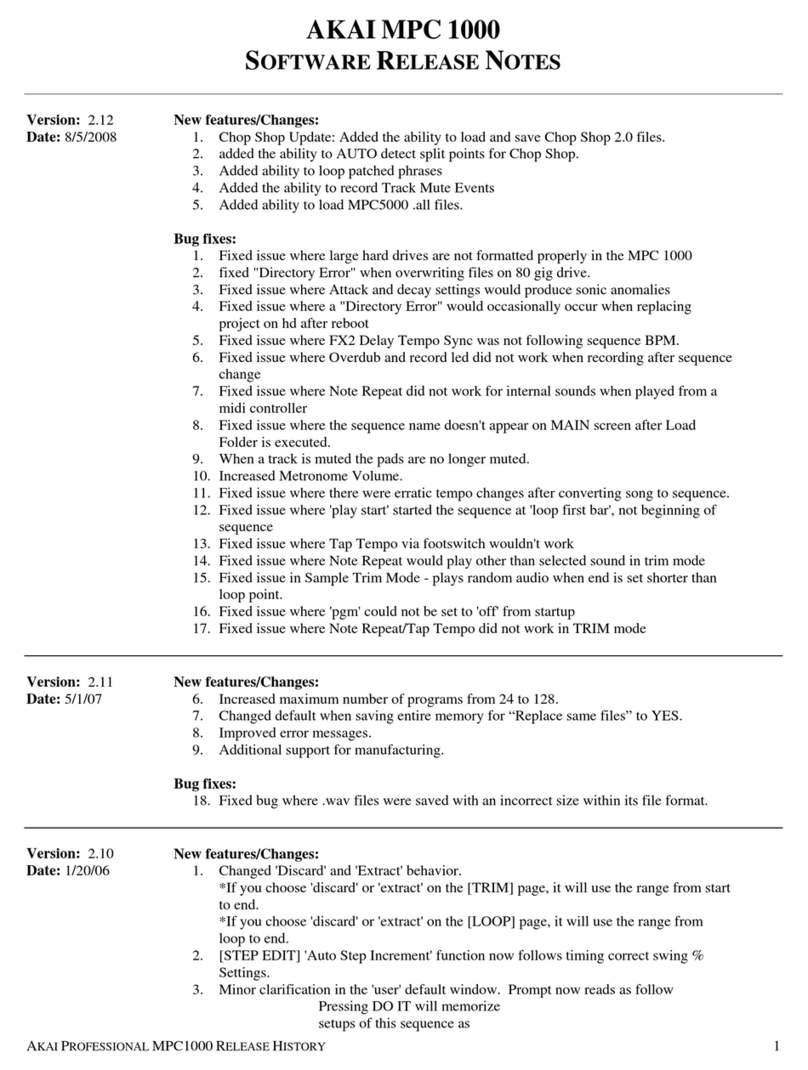
Akai
Akai Professional MPC 1000 Instruction Manual
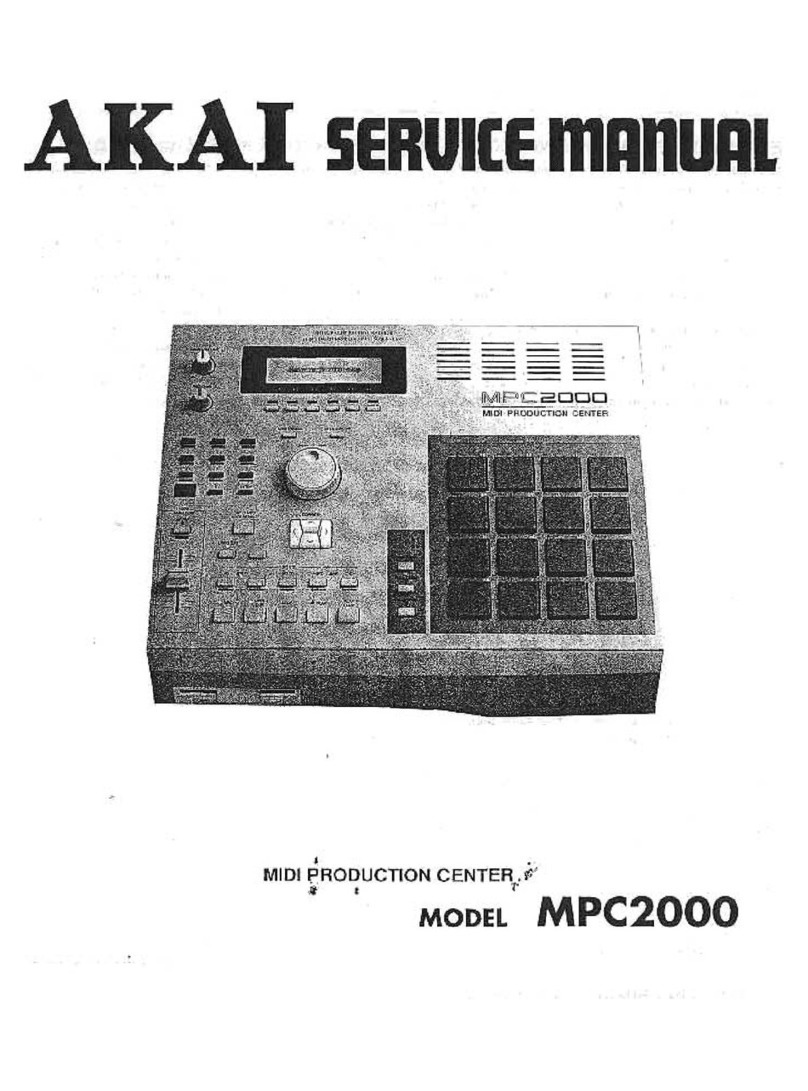
Akai
Akai MPC2000 User manual
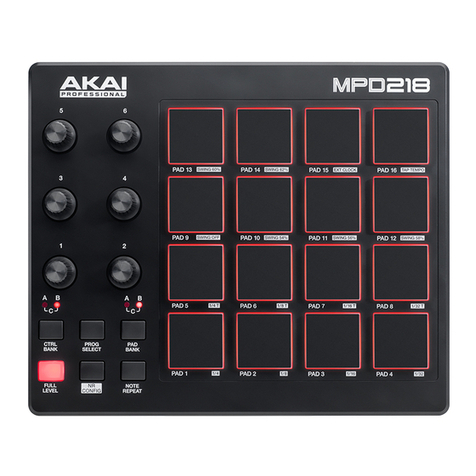
Akai
Akai MPD218 User manual
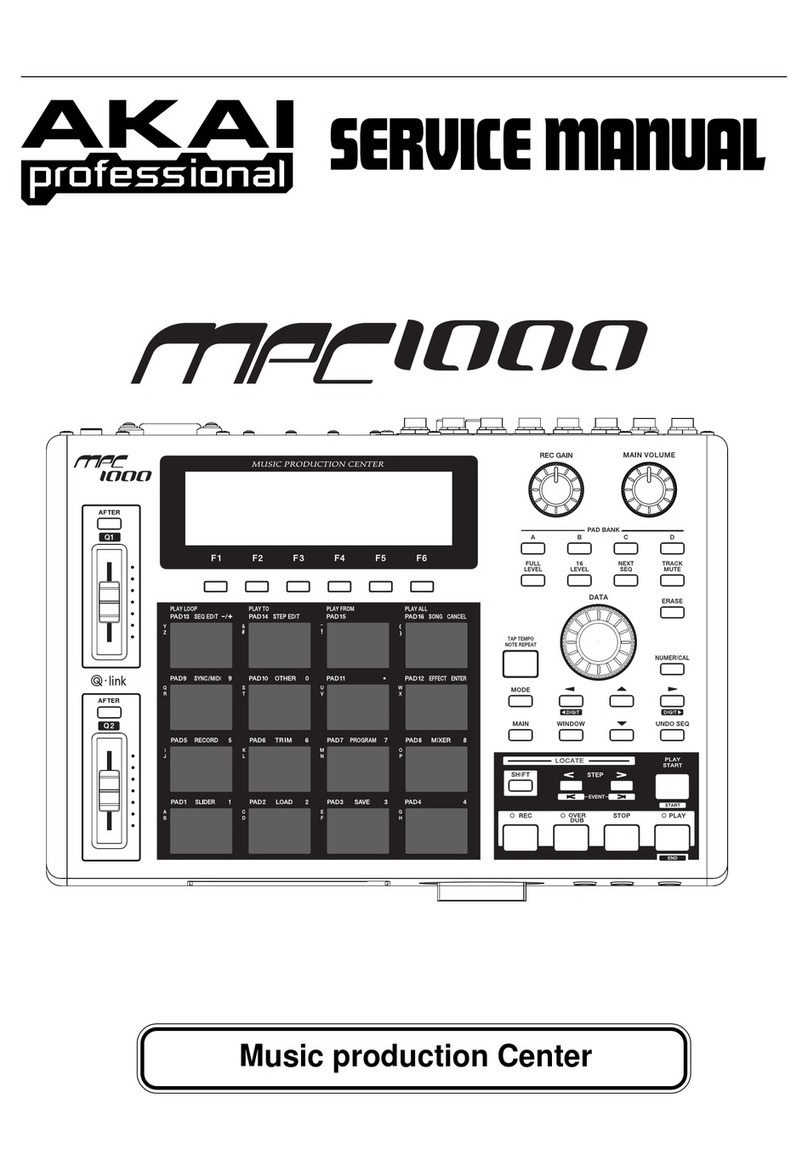
Akai
Akai Professional MPC 1000 User manual
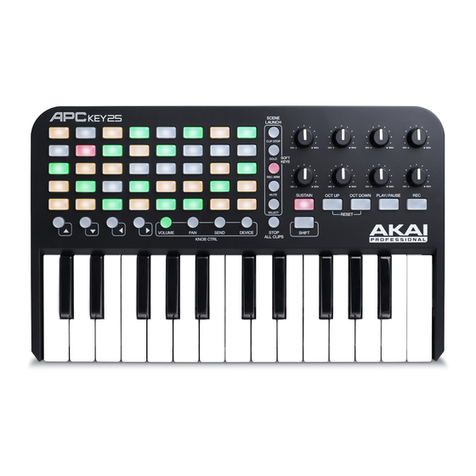
Akai
Akai APC Key 25 User manual

Akai
Akai APC LIVE User manual
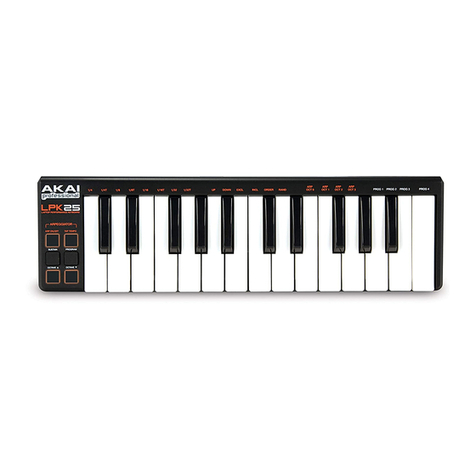
Akai
Akai Professional LPK25 User manual
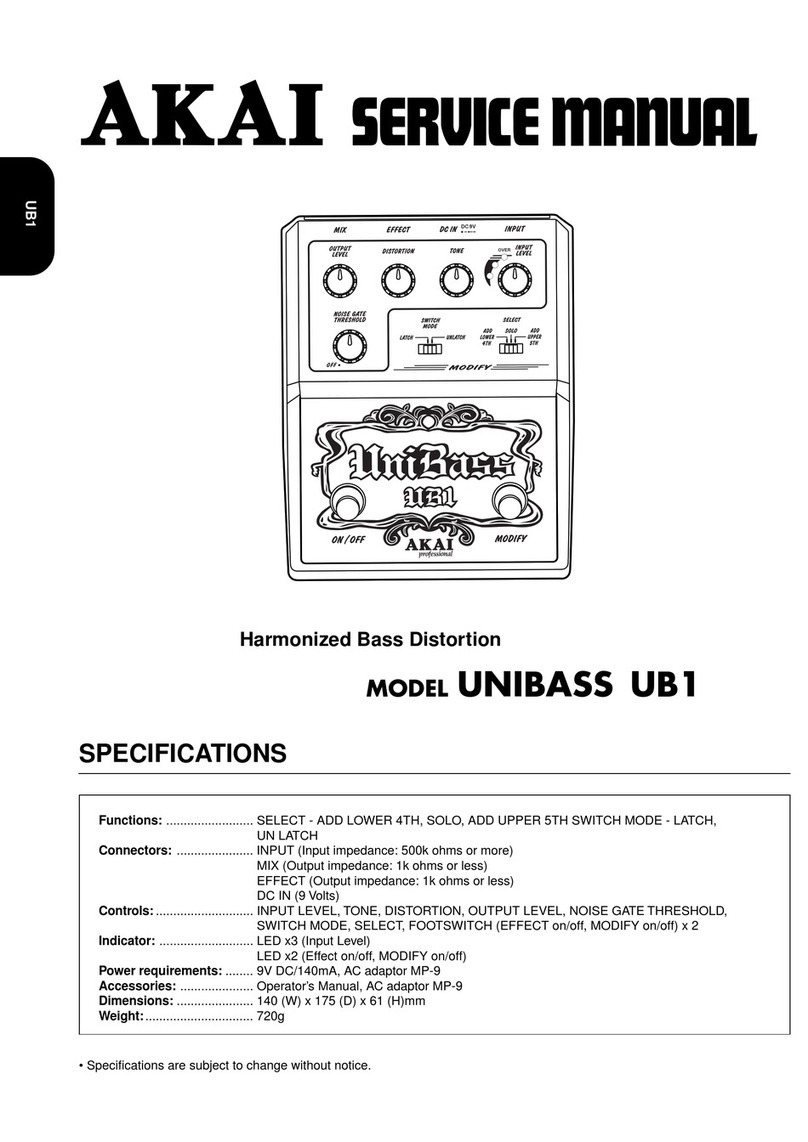
Akai
Akai UniBass UB1 User manual
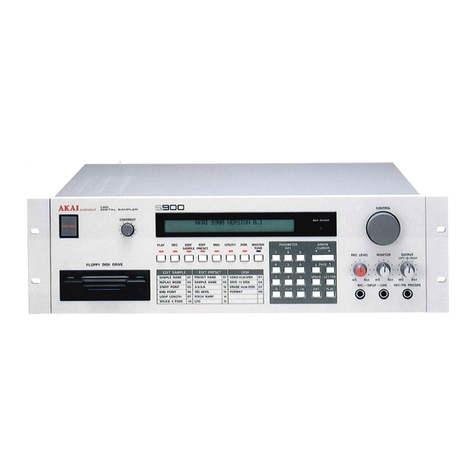
Akai
Akai S900 User manual
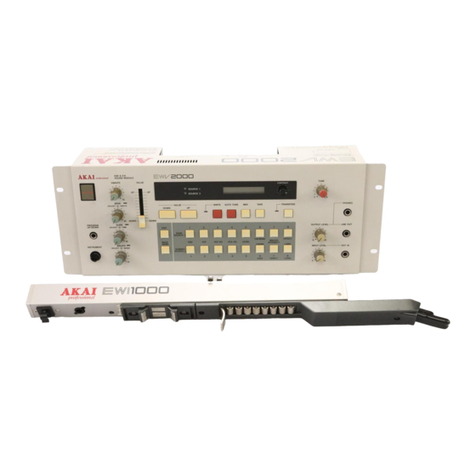
Akai
Akai EWI 1000 User manual
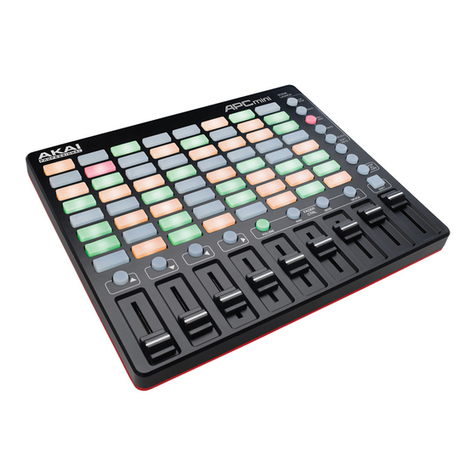
Akai
Akai APC Mini User manual
